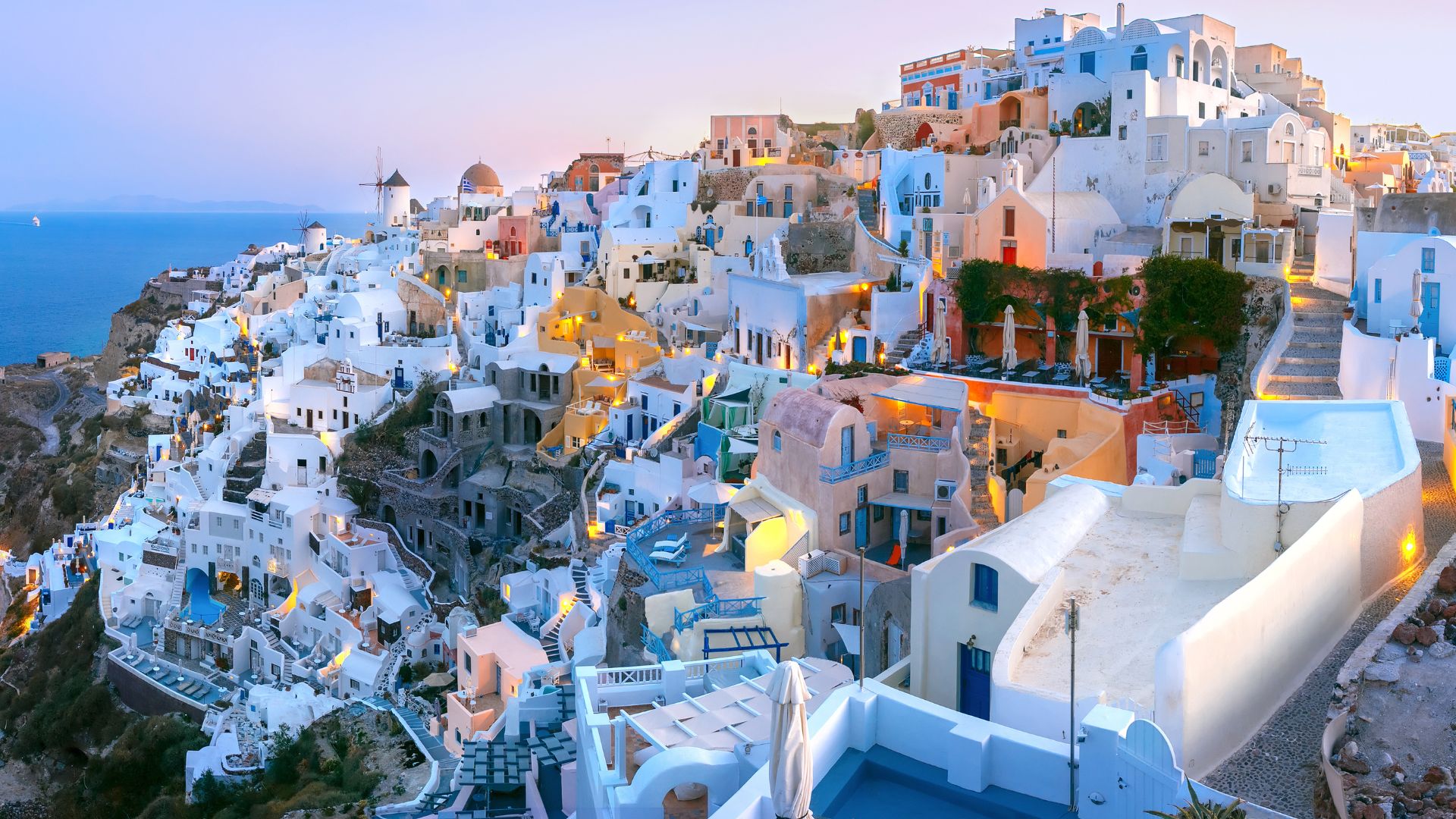Santorini is world-famous for its sunsets, white-washed houses, and those dramatic volcanic cliffs. Honestly, what shocked me most was just how breathtaking—and pricey—every moment felt. I watched the Aegean Sea turn gold each night, and yeah, every view made me dig a little deeper into my wallet.
Between wandering Oia’s maze-like streets, checking out black-sand beaches, and eating meals perched above the caldera, I ended up splurging more than I’d planned. The prices made me count my coins a few times, but there’s a reason people keep coming back. Santorini’s beauty and energy really do stand out.
If you’re dreaming of visiting this volcanic wonder, let me share what makes it special, what you’ll actually spend, and how to make your euros go further. Stick around—I’ll help you figure out if Santorini’s magic is really worth it.
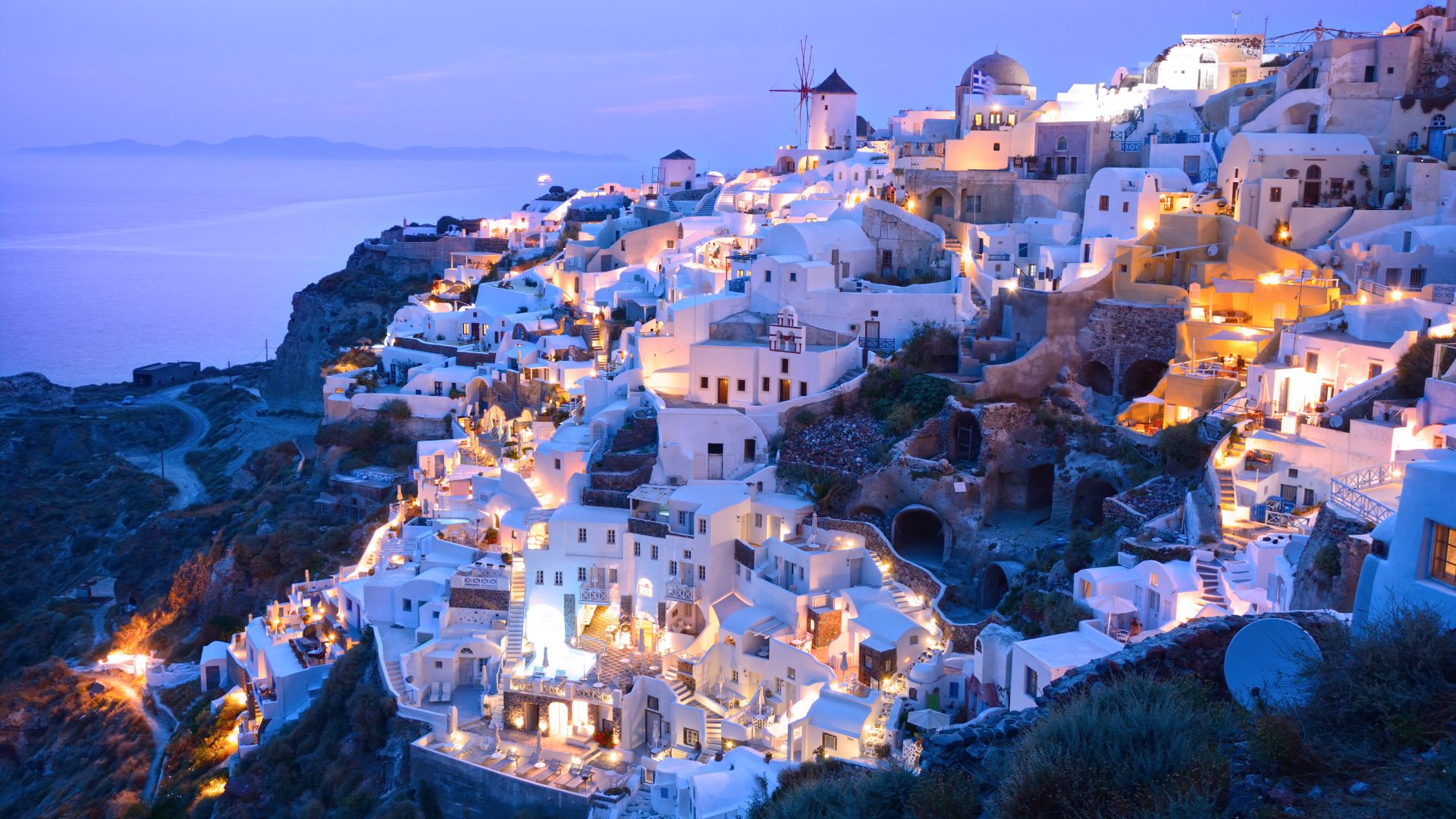
First Impressions of Santorini: Awe, Excitement, and a Dash of Sticker Shock
When I set foot on Santorini, I couldn’t decide which hit harder: the sense of awe or my urge to check price tags. The blue domes, endless sea, and friendly faces felt unforgettable, but so did the costs that seemed to pop up everywhere.
The Breathtaking Caldera Views
My first look at the caldera from Fira hit me like a painting come to life. The houses stacked along the cliffs in white and blue felt unreal, tumbling down toward the sea.
The view shifted with the sun—soft and gentle at dawn, bold and golden by sunset.
Crowds pressed in at the railings, all snapping photos. I took my time, tried out different spots.
Sometimes, I just let the camera hang and let the silence of the cliffs sink in.
Watching cruise ships drift in below reminded me this place is both wild and welcoming. Still, nothing comes free here.
Even a lemonade with a view cost more than I expected. That first bill snapped me out of my daydream.
Getting Lost in Oia’s Winding Lanes
Oia felt like a dream, but patience quickly became my best friend. The narrow lanes twisted everywhere, leading to hidden chapels or those iconic blue-domed churches just out of sight.
Every corner had a tiny bakery, shop, or café.
Near sunset, crowds packed in, everyone desperate for that perfect photo. I stopped trying to rush and wandered side streets instead.
I found quiet spots where only my footsteps echoed on the stone. Sometimes I got lost, but shopkeepers always helped me find my way.
Oia’s shops drew me in with handmade jewelry and art. Prices felt steep, so I stuck to small souvenirs and window shopping.
If you go earlier in the day, you’ll dodge the crowds and enjoy a slower pace.
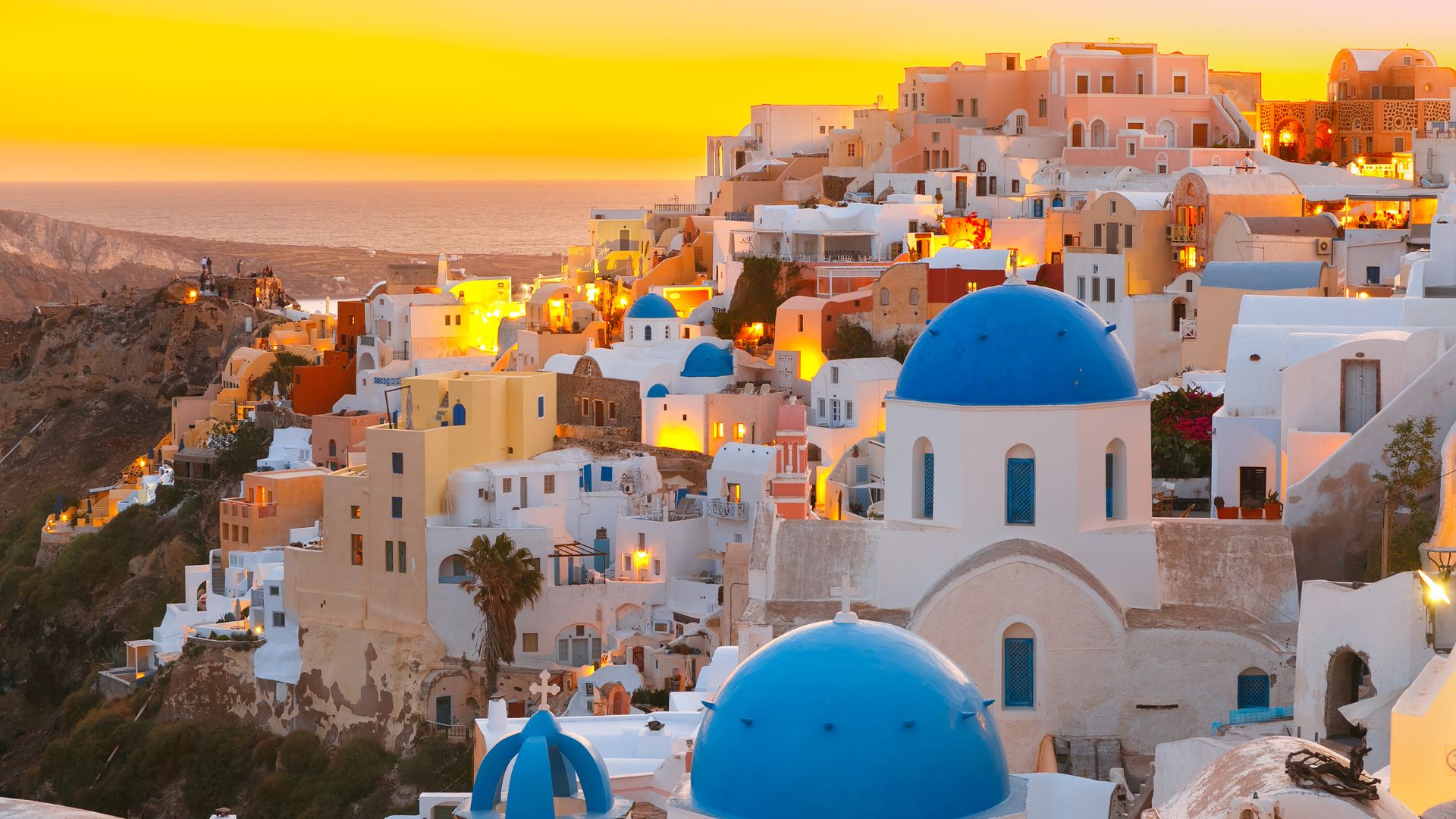
Experiencing Greek Hospitality
From the start, locals’ kindness stood out. Even in busy restaurants, staff smiled and answered my endless questions about the food.
On my first morning, a café owner handed me a free pastry “just because.”
I picked up a bit of Greek—a simple “Kalimera!”—and it always got a smile back. Hotel owners shared local tips, from quiet swimming spots to bus schedules.
Their patience saved me when I got lost or couldn’t figure out the bus routes.
Greek hospitality softened the blow of expensive meals and hotels. Even in touristy places, little personal touches made each encounter memorable.
Those connections balanced out the sticker shock and made the trip feel richer.
Why Santorini’s Beauty Comes at a Price—And Why It’s Worth It
A Santorini trip is more than just pretty photos—it’s a mix of unforgettable experiences that, yeah, can get pricey but feel worth it. Every euro covers something special, whether it’s a comfy spot on the cliffs, jaw-dropping sunsets, or a meal with a view.
Luxury Accommodations on the Cliffs
Staying on the cliffs of Oia or Fira isn’t just about booking a bed—it’s about waking up to panoramic caldera views and the sparkling Aegean. Boutique hotels and suites often have private infinity pools, cave-like rooms, and terraces made for lazy mornings.
Rooms with a sunset view come at a premium. On my last visit, I splurged on a cozy suite in Imerovigli, and breakfast on the balcony felt like I was floating above the sea.
The peaceful vibe felt miles away from the chaos of the cruise port.
Many cliffside hotels offer personal service—pre-arranged transfers, help with tours, dinner reservations. That sense of privacy and luxury is tough to find elsewhere in Europe.
Here’s what really sets these stays apart:
| Feature | Why it stands out |
|---|---|
| Private pools | Ocean-facing, tranquil |
| Unique design | Cave-style rooms |
| Service | Personalized attention |

Iconic Sunsets That Defy Description
Santorini’s sunsets pull in people from all over. I joined the crowd along Oia’s walls, everyone craning for that golden glow.
Watching the sky shift from orange to pink as the sun dipped behind the volcano, I finally got the hype.
It’s not just the colors—it’s the whole scene. The breeze, the clinking glasses in tavernas, and that hush when the sun disappears make it feel special.
Some folks splurge on sunset cruises or cliffside dinners for the best view.
If you want a prime sunset spot, you’ll probably pay for it—either with time or euros. For me, those extra costs faded away once the sky lit up.
Epicurean Adventures: Dining With a View
Eating in Santorini isn’t just about the food—it’s about the view. Fresh seafood, local wine, and Greek salads just taste better when you’re looking out over the caldera.
I treated myself to a seafood dinner in Fira, savoring every bite while sailboats drifted below.
Top restaurants perch right on the cliffs, and the prices reflect that. Menus usually feature grilled octopus, fava beans, baked feta, and lots of Santorini wine.
Simple tavernas with friendly service are easy to find, but high-end places offer candlelight and sometimes live music. Here’s what stood out for me:
- Locally sourced ingredients for super fresh flavors
- Tables overlooking the sea for those perfect sunset moments
- A wide range of local wines to try
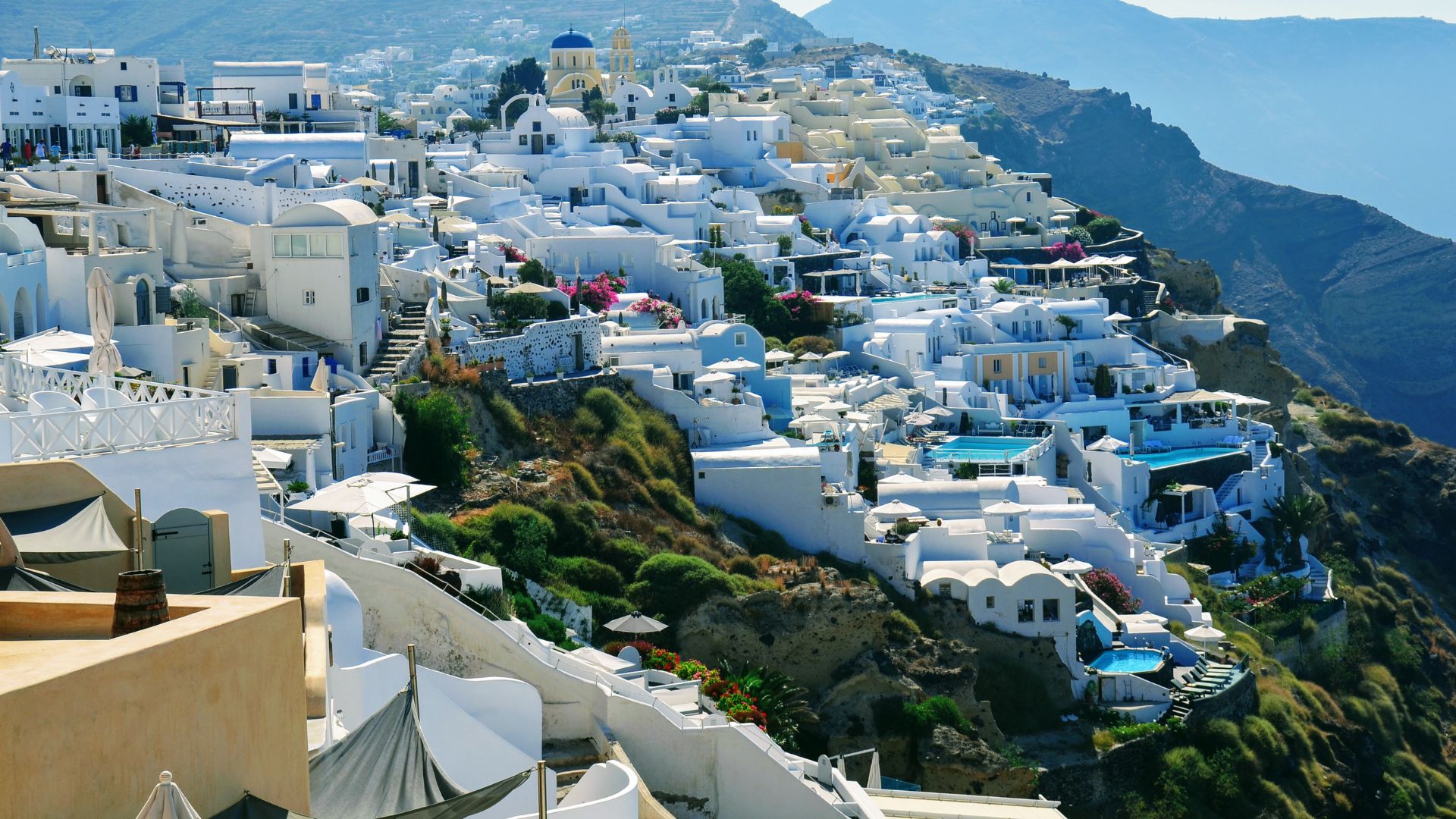
Getting the Full Santorini Experience: Unmissable Activities and Sights
Santorini wowed me with its wild landscapes, deep history, colorful beaches, and lively nights. Days here could be chill, adventurous, or honestly, both—mixing volcanic scenery with Greek traditions and a vibe you won’t find anywhere else.
Volcano Hikes and Hot Springs Excursions
I hopped on a boat from Fira’s old port and headed to Nea Kameni, the volcanic islet at Santorini’s center. The views from the trail blew me away—layered cliffs, white towns, endless blue sea.
The volcano hike wasn’t too tough. I spent about an hour climbing rocky paths while the guide explained how the island, shaped by a massive eruption in 1600 BC, is still alive and rumbling.
At the top, I felt heat rising from the ground.
Afterward, the boat stopped at Palea Kameni for the hot springs. The warm, rusty water has a sulfur smell, but the swim from the boat was refreshing.
I didn’t expect to love floating in volcanic waters, but I totally did.
If you go, bring a swimsuit you don’t mind staining—the orange minerals are stubborn.
Exploring Ancient Akrotiri and History Riches
If you’re into history, Akrotiri will blow your mind. This ancient city, buried in volcanic ash, takes you back 3,600 years.
I wandered the walkways past old houses, storerooms, and faded murals.
I learned about their advanced plumbing and two-story homes. Seeing an ancient pottery studio up close made me realize how advanced the Minoans were.
It’s wild how well-preserved everything looks, from furniture to frescoes.
The Akrotiri Museum in Fira is small but packed. I checked out pottery and jewelry found in the ruins.
If you go to Akrotiri, go early—trust me, it’s better before the crowds.
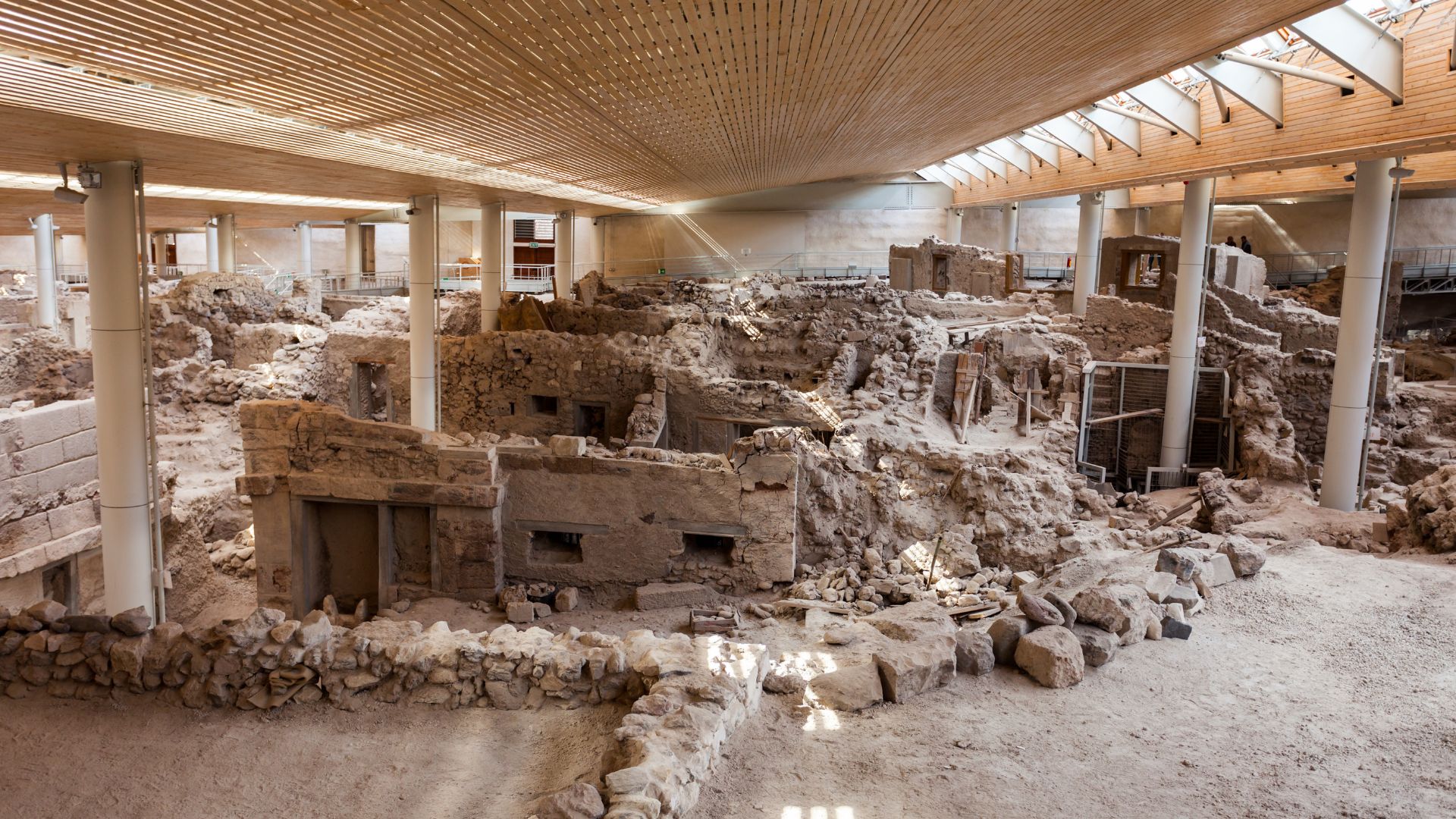
Beach-Hopping: Red, Black, and White Sands
Santorini’s beaches aren’t your usual white-sand stretches—they’re volcanic, dramatic, and pretty unforgettable. My first stop was Red Beach, famous for its rust-colored cliffs and pebbly shore.
I got there after a short hike, and the view from above was unreal.
Perissa and Kamari beaches have black sand that gets super hot in the sun—so I always bring sandals. These beaches are lively, full of loungers and cafés.
I grabbed an iced coffee and watched the waves roll in.
White Beach is more remote, only reachable by water taxi. It’s smaller, quieter, and perfect for a swim or just chilling out.
If you like snorkeling, the rocky coastlines hide all sorts of colorful fish and sea urchins.
| Beach | Sand Color | How to Reach | Best For |
|---|---|---|---|
| Red Beach | Red | Short hike from Akrotiri | Iconic views, snorkeling |
| Kamari/Perissa | Black | Bus or car | Sunbathing, bars |
| White Beach | White | Boat/taxi from Red Beach | Swimming, relaxing |
The Thira Nightlife and Cultural Scene
When the sun sets, Thira (Fira), Santorini’s main town, lights up with energy. I started my night with dinner on a terrace, watching the sun melt into the caldera.
Nightlife here is lively but not too wild. I found bars with sea views, live Greek music, and a couple of nightclubs.
I loved popping into art galleries and tiny shops in the alleys. Sometimes, local musicians played bouzouki in small tavernas, giving me a glimpse of real Santorini life.
The Museum of Prehistoric Thera stays open late in summer—great for a quiet evening soaking up history.
Cultural events come and go—jazz nights, folk dances on the plaza. Every night in Thira felt a bit like a dream, whether I was singing along at a bar or eating pistachio gelato under the moon.
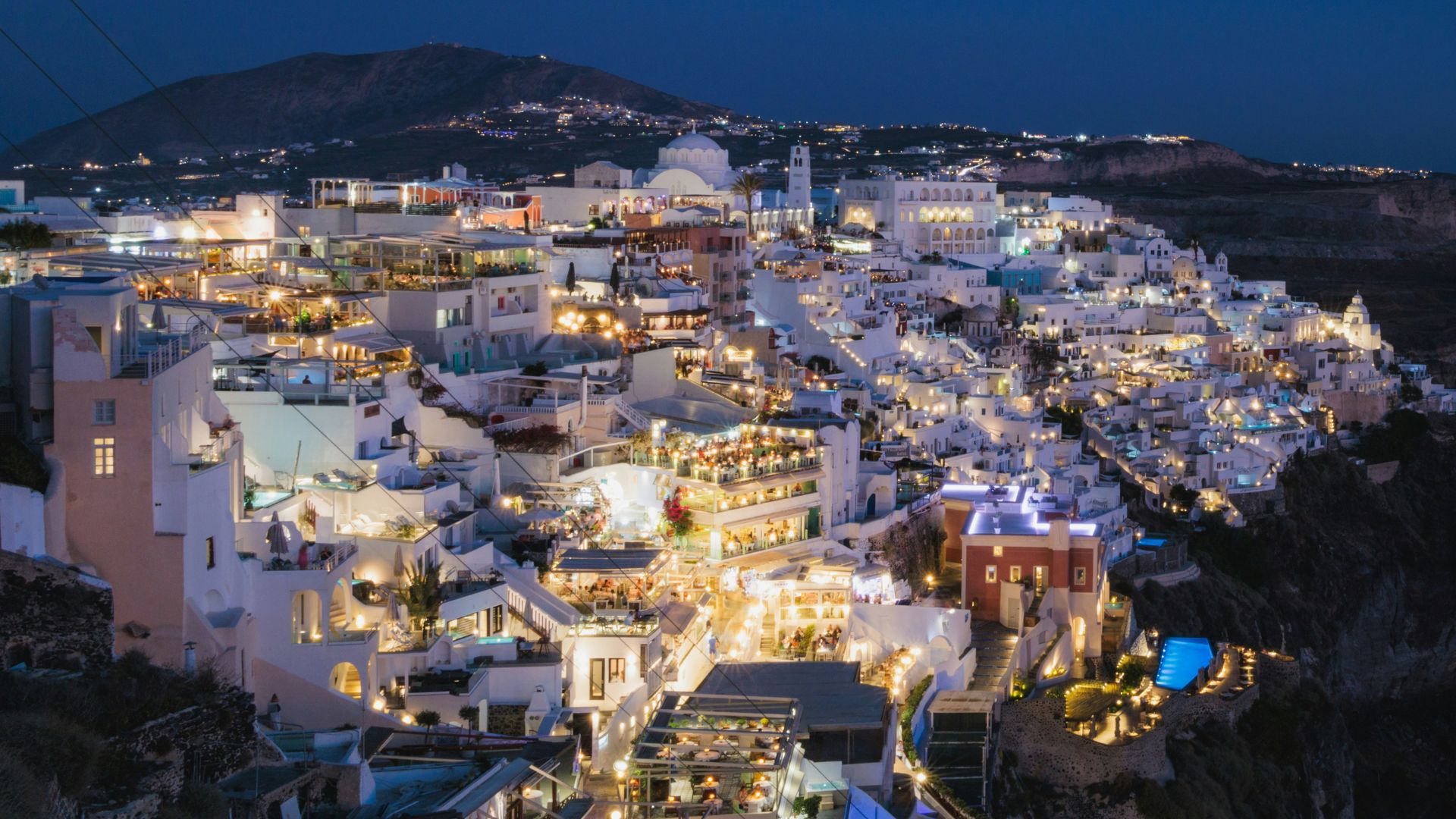
Smart Spending on the Aegean: Making Your Euro Count
Santorini is gorgeous, but wow, costs can add up fast. I learned that a bit of planning—and patience—helped my euros go much further on this magical island.
Choosing When to Visit for Best Value
Timing is everything in Santorini. Peak season runs June through September, and prices for hotels, food, and activities nearly double.
If you visit in May or October, you’ll dodge crowds and snag better deals. Flights and ferries cost less, and it’s way easier to get a sunset table without waiting forever.
The weather stays warm, and the sea’s still perfect for swimming. I didn’t have to fight cruise ship crowds, either.
Supporting local businesses felt easier, too, since they weren’t so swamped. The calm of the off-peak season made everything feel more personal.
| Month | Crowds | Prices | Weather |
|---|---|---|---|
| May | Low | Low | Warm |
| June-August | Very High | High | Hot |
| October | Low | Low | Mild/Warm |
Affordable Alternatives: Where to Stay, Eat, and Explore
Oia and Fira get all the attention, but honestly, staying there can wreck your budget fast. I found better deals by booking a place in Pyrgos or Megalochori.
These villages felt way more laid-back, and I loved their quiet charm. Local guesthouses—those “rooms to let”—welcomed me with real Greek hospitality, and I paid about half what I’d pay for a caldera-view hotel.
For food, I always skipped those pricey sunset restaurants. Instead, I hunted down family-run tavernas that felt cozy and genuine.
The gyros and souvlaki stands in Santorini serve up fresh, filling meals for under €5. I got hooked on local bakeries in the mornings, grabbing spanakopita for breakfast. Sometimes I’d treat myself to loukoumades—those sweet, sticky little donuts.
I didn’t bother with the big wine tours. Instead, I wandered into smaller vineyards. The owners poured me a glass and shared stories, sometimes for free or just a couple of euros.
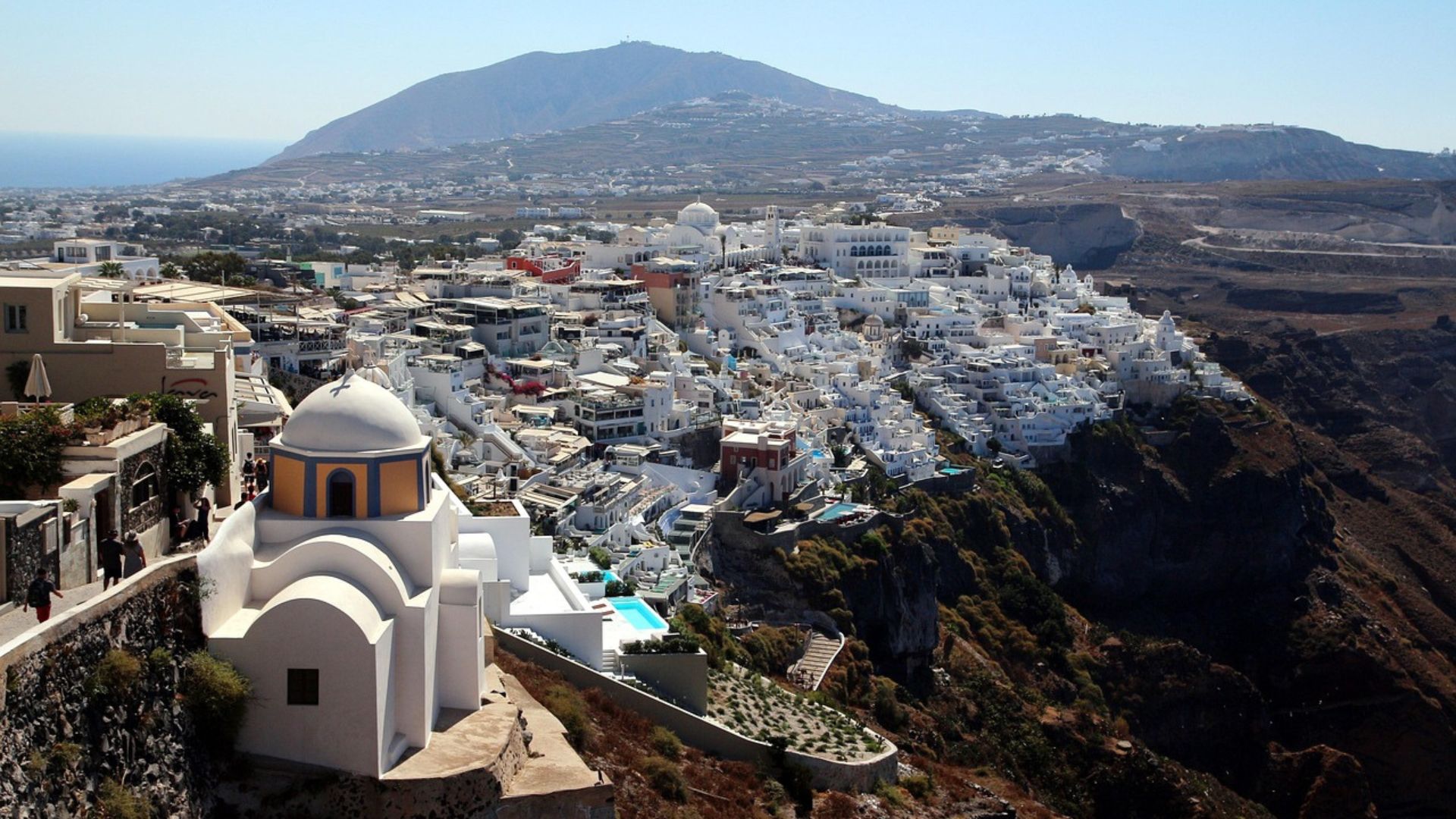
Getting Around Without Breaking the Bank
Taxis in Santorini? Honestly, they’re pricey—especially when the island’s busy. I figured out the local KTEL bus system and it saved me a ton.
The buses run often, hit all the main villages and beaches, and tickets usually cost between €1.60 and €2.50. Renting a scooter or ATV is way cheaper than a car, plus it’s just more fun.
Sometimes, I walked between villages. It took a bit of patience, but I got to really soak in the views and didn’t spend a cent on transport.
I liked renting bikes from small local shops. The folks there gave me great tips and made me feel more connected to the place. Just don’t forget sunblock—and bring water, trust me.
Taking Home More Than Photos: Personal Lessons and Travel Wisdom
Sightseeing is only part of a Santorini trip. This island has a sneaky way of teaching you things—about slowing down, staying curious, and learning from people you meet.
The Power of Patience in Island Life
My first few days in Santorini tested my patience. Buses or ferries didn’t always show up on time.
Shops sometimes opened late or closed for hours during the hottest part of the day. At first, I felt a little annoyed.
But I started to let go of the rush. Locals moved at their own pace, and it reminded me to slow down, too. I began to notice things—like the sunlight glowing on whitewashed walls, or how the sea breeze felt after sunset.
Waiting often led to good surprises. I’d end up chatting in line at the bakery, swapping stories with travelers from all over.
Slowing down made each day feel better, and the little setbacks didn’t seem to matter much.
Key tip: Give yourself extra time for delays or surprises. On Santorini, patience opens the door to more connections, more observing, and a bigger dose of the island’s magic.
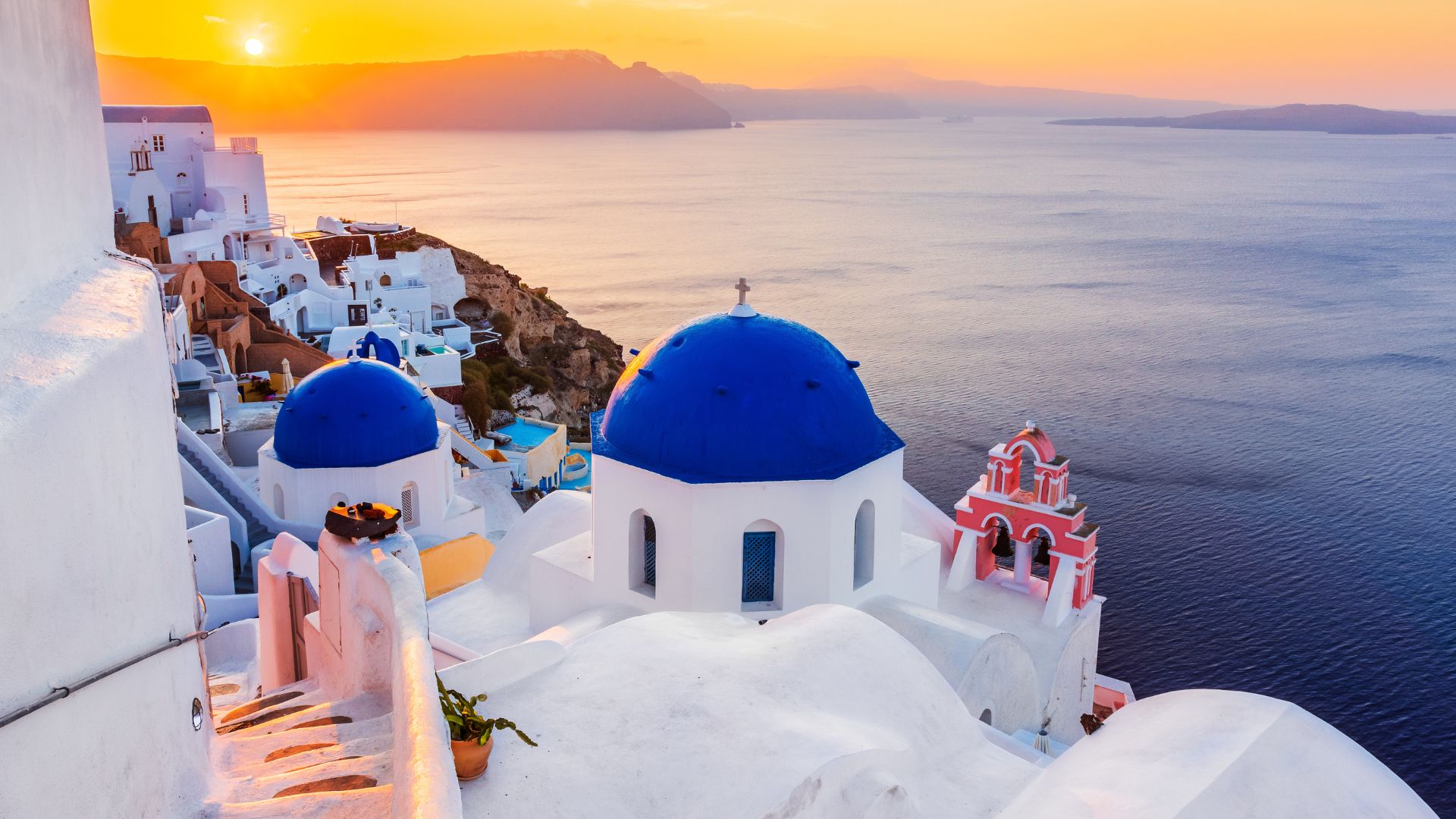
The Value of Support: Locals and Fellow Travelers
Support popped up in all sorts of ways while I stayed in Santorini. On my first night, I stared at the Greek menu, totally lost, until the café owner noticed and handed me a few samples to try.
Another afternoon, I fumbled with my map, looking for the hiking trailhead. A fellow traveler spotted me, pulled out his phone, and walked me through the directions.
Every time someone reached out, it took the edge off my nerves. Suddenly, what could’ve been a stressful mess turned into a story I actually wanted to tell.
Locals in Santorini have this knack for making visitors feel welcome. Sometimes they tossed in a free pastry, other times it was just a small smile or a bit of advice.
Here are a few ways support made my trip better:
| Support Source | Example Given |
|---|---|
| Local Business Owners | Help with language and recommendations |
| Fellow Travelers | Navigation and travel tips |
When I asked for help, I ended up meeting people I never would have otherwise. Thinking back, I realize the support I found mattered just as much as the photos I took.
